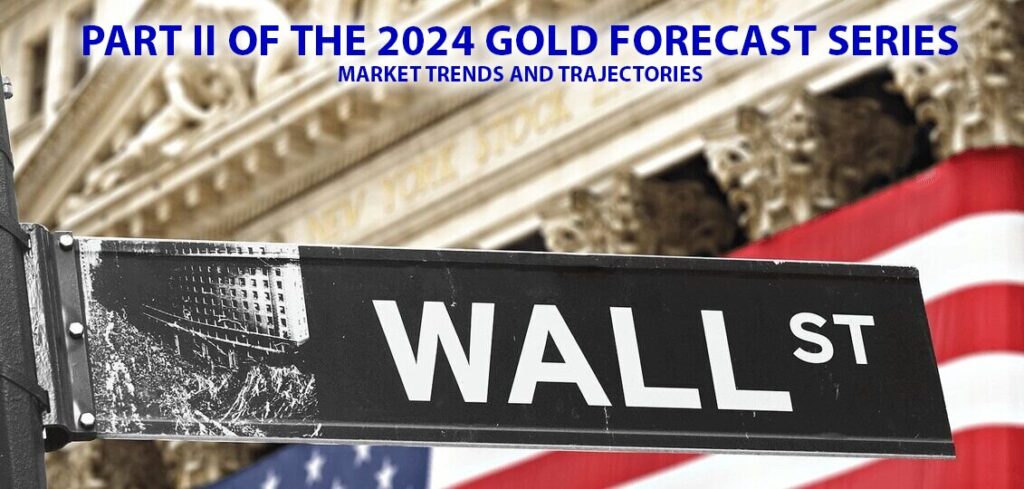Increasing Amounts of Bear Market Indicators have been triggered

By Tyler Durden | Published May 31, 2018
At the end of January, just as the S&P hit an all-time high, Bank of America caused a stir when it announced that one of its proprietary “guaranteed bear market” indicators created by the Bank of America quants was just triggered.
As we said at the time, what was remarkable about this particular indicator is that it predicted not only the size of the upcoming drop (-12% on average) but also the timing (over the coming three months). Also notable: its uncanny accuracy: it was correct on 11 out of 11 previous occasions after it was triggered.

This is what BofA said then:
BofAML Bull & Bear indicator surges to 7.9, highest since last sell signal >8 triggered Mar’13;
BofAML Bull & Bear indicator has given 11 sell signals since 2002; hit ratio = 11/11; average equity peak-to-trough drop following 3 months = 12% (backtested, Table 1); note the last Bull & Bear indicator flashed was a buy signal of 0 on Feb 11th 2016
And this was BofA’s conclusion: “a tactical S&P500 pullback to 2686 in Feb/Mar now very likely.“
In retrospect, BofA was absolutely spot on, with a 10% correction hitting the very next week, and another 10% correction hitting for the second time, just one month later.
We bring this up because that particular “crash” indicator was triggered in the context of BofA also reporting shortly prior, that 11 of 19 of its broader “bear market” signposts also being triggered.
So fast-forward to today, when the “bear market” is that much closer according to the strangely prophetic Bank of America, which reports that as of this month, another 2 indicators had been triggered, meaning that no less than 13 of 19 bear market signposts are now flashing red.
This was Bank of America’s take on this particular creeping “very late cycle” indicator:
we compiled a list of bear market signposts that generally have occurred ahead of bear markets. No single indicator is perfect, and in this cycle, several will undoubtedly lag or not occur at all. But while single indicators may not be useful for market timing, they can be viewed as conservative preconditions for a bear market. Today, 13 of 19 (68%) have been triggered.
In other words, we are more than two-thirds of the way to the next crash/recession/depression. There was a (somewhat forced) silver lining:
Sentiment remains positive but not euphoric, with our US team’s Sell Side Indicator still some way off its sell threshold and the Fund Manager Survey shows investors to be underweight. Most of the indicators that we judged to be frothy back in January have reset to neutral territory, with Michael Hartnett’s Bull & Bear, for example, back to 4.6 from a peak of 8.6.
That keeps our US team constructive and they see decent upside for the S&P500 into year-end. In terms of risks, its regime model indicates that we are more mid-cycle than late-cycle and no new bear market signposts have been triggered of late. While around 2/3 of them have triggered so far, 80% or more were triggered before previous market peaks Which means that just two more indicators have to “trip” before Bank of America’s “guaranteed” recession trigger is activated. Here is the full breakdown:

Specifically, the following indicators have now been triggered, with the latest 2 bolded:
Bear markets have always been preceded by the Fed hiking rates by at least 75bp from the cycle trough
Minimum returns in the last 12m of a bull market have been 11%
Minimum returns in the last 24m of a bull market have been 30%
9m price return (top decile) vs. S&P 500 equal weight index
Consensus projected long-term growth (top decile) vs. S&P 500 equal weight index
We have yet to see a bear market when the 100 level had not been breached in the prior 24m
Similarly, we have yet to see a bear market when the 20 level had not been breached in the prior 6m
Companies beating on both EPS & Sales outperformed the S&P 500 by less than 1ppt within the last three quarters
While not always a major change, aggregate growth expectations tend to rise within the last 18m of bull markets
Trailing PE + CPI y/y% > 20 in the prior 12m
Based on 1- and 3-month estimate revision trends; see footnote for more detail
Trailing PE + CPI (y/y%) > 20 within the last 12m
In the preceding 12m of all but one (1961) bull market peak, the market has pulled back by 5%+ at least once
And here are the 6 indicators that have yet to ring the proverbial bell.
Each of the last three bear markets has started when a net positive % of banks were tightening C&I lending standards
Companies with S&P Quality ratings of B or lower outperform stocks rated B+ or higher
Forward 12m earnings yield (top decile) vs. S&P 500 equal weight index
A contrarian measure of sell-side equity optimism; sell signal triggered in the prior 6m
A contrarian measure of buy-side optimism
Does not always lead or catch every peak and all but one inversion (1970) has coincided with a bear market within 24m
And while over two-thirds of BofA’s bear market checklists being triggered sound ominous, the following chart shows that on a historical basis, the minimum threshold for a bear market onset was no less than 80% of the signposts “flashing red.”

Which means that we are just 2 more triggers away from a “guaranteed” bear market.

How should one trade this clearly late cycle and very heavy market? As Bank of America’s Savita Subramanian recently conceded, we are in a stage when fundamentals no longer matter. What does? Momentum.
Our US Regime Model, a quantitative framework for stock-picking, suggests we are in the mid to late stages of the market cycle and in this stage, momentum is the best way to invest. As contrarian value investors, this is not an easy call to make. But if this bull market is closer to over, our analysis of factor returns indicates that late-stage bull markets have been dominated by stocks with strong price momentum and growth, while value, analyst neglect, and dividend yield have been the worst-performing factors.
In other words, buy whatever everyone else is buying … just be sure to sell before everyone else sells. Good luck.
Source: ZeroHedge















